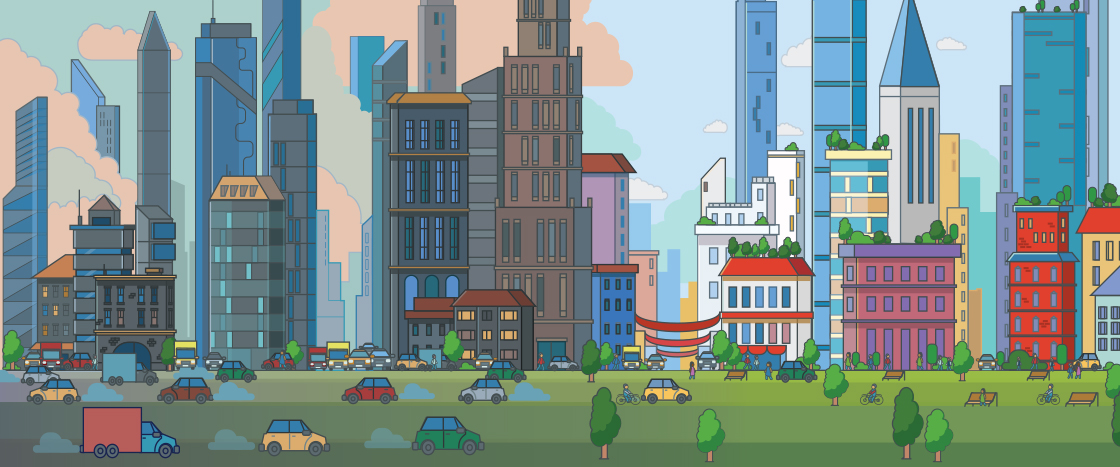Summer 2021 was one of the hottest summers in history. And that’s part of a longer and ongoing trend. Earth has been warming at an increasing rate for more than 100 years.
That warming affects cities in a special way. There, concrete buildings and roads absorb the sun’s heat, and tightly packed buildings block cooling breezes. Because of these and other factors, cities can be 8 to 10 degrees hotter than rural areas. This is called the heat island effect.
High heat is not just uncomfortable—it can be dangerous. It traps pollution near the ground, which can cause breathing problems, like asthma. It also puts some people at risk of heatstroke. People with fewer resources are often harmed the most, says Liv Yoon. She studies how climate change affects communities.
Many cities are coming up with ways to cope with rising temperatures. Here are some innovations that could help keep urban streets cool.

